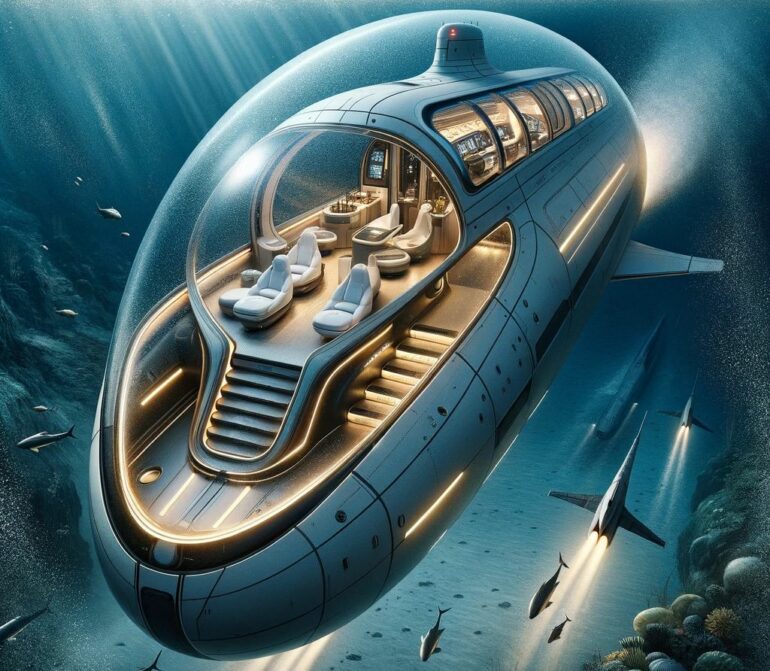Last month, Lockheed Martin and NASA jointly revealed the X-59 experimental aircraft, which is expected to fly at 1.4 times the speed of sound (925mph) without generating an explosive sonic boom. The sleek jet is expected to play an instrumental role in bringing back supersonic commercial air travel. But what if I tell you that researchers are working on a submarine that could travel more than three times faster than the X-59 jet? Yes, you read that right, and it is possible to travel at those speeds underwater, at least theoretically. Back in 2016, a team of researchers at Penn State Applied Research Laboratory funded by the US Navy started the development work on a revolutionary submarine that can attain supersonic speeds.

Obviously, the biggest problem for vessels reaching high speeds both on the surface of water or below it is the huge amount of drag created while moving through it. But there’s a simple solution to overcome drag underwater – a bubble. The researchers are working on a technology called supercavitation that envelopes a submerged vessel inside an air bubble to mitigate drag. You’ll be surprised that the technology is not new. The Soviets developed it during the Cold War era for a torpedo named Shkval. The Soviet torpedo reached a speed of 370km/h (around 230mph), making it a lot faster than any other conventional torpedo.

Interestingly, the researchers in the US aren’t the only ones working on a supersonic submarine. According to the SCMP, scientists at Harbin Institute of Technology’s Complex Flow and Heat Transfer Lab in China started developmental work on a supersonic submarine, which also relies on the same supercavitation technology. The researchers claimed that the radical technology could cut down drag dramatically. In theory, the technology can help the submarine hit supersonic speed underwater, or about 5,800km/h (~3600mph). If developed, the supersonic submarine would cut down the journey time from New York to London to just 50 minutes. Furthermore, the 5300-mile distance between San Francisco and Tokyo will be covered in 90 minutes by the radical submarine.

But don’t expect the supersonic submarine to become a reality anytime soon, as there are some major hurdles on the way. Conventional propellers will never be able to help propel a vessel to such speeds. It would need a powerful underwater rocket engine, which still needs to be developed. Then there’s the problem of steering, as traditional rudders won’t work in a bubble and at those speeds. There are some other major challenges that might take a very long time to be solved.
Correction – The article has been revised to reflect the following correction: An earlier version of the article incorrectly converted the top speed of the Soviet torpedo to around 330 mph. The correct conversion of 370 km/h is approximately 230 mph.

